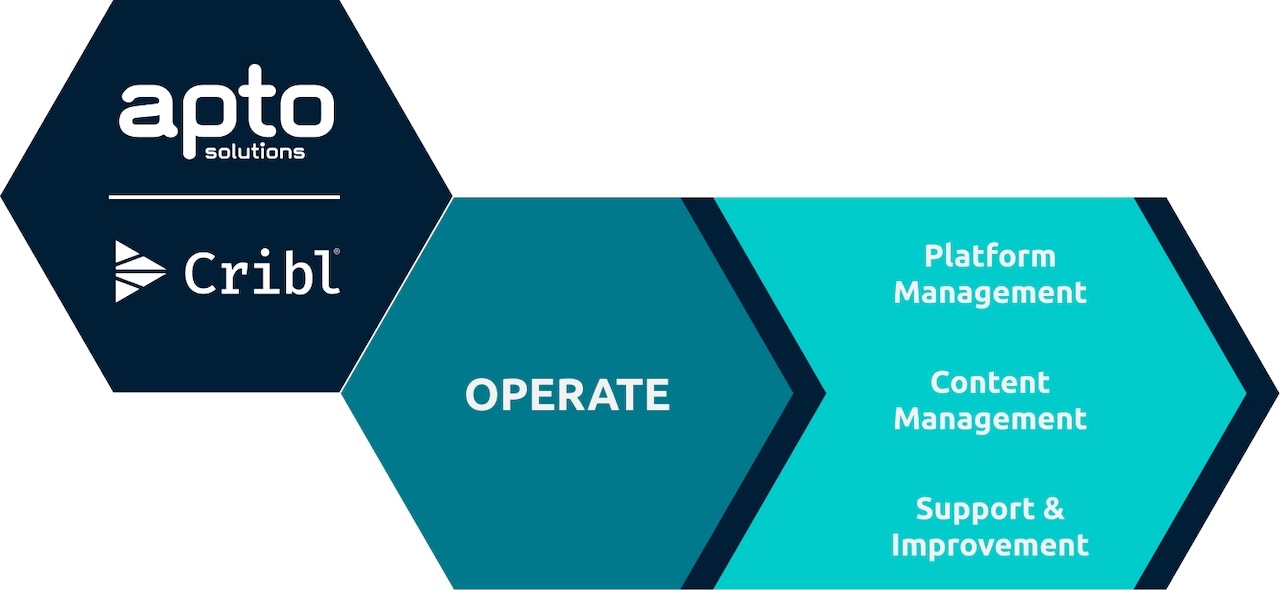What is Cribl Operate?
When it comes to Operate, most of us understand that it’s a way to automate monitoring and assess the platform’s health using metadata or telemetry data. Specifically with Cribl Operate, it analyses internal logs and metrics. We define a series of searches that monitor the platform’s health so that if something goes wrong, whether it’s based on a threshold or an alert, we can begin remediating the issue for the customer.

What’s the benefit of that? Why would you need to do it?
The main benefit is that Cribl is a complex piece of software. Depending on the organisation, there can be quite a few hidden complexities. For example, when working with enterprise groups, many components integrate with Cribl, making it difficult to pinpoint the root cause of issues without using the internal logs and metrics. The advantage is that you know exactly what went wrong and where and you can use that as a foundation to resolve the issue.
What are the common problems we see?
The most frequent issue is the Cribl platform not receiving data from specific data sources. This can be a major problem for organisations, particularly if the data is required for compliance or audits. Without it, they may not be able to meet their obligations. It’s a significant challenge we often see among our customers.
Without a tool like Cribl Operate, how would you know that’s happened?
There wouldn’t be any alerts or notifications so you’d have to manually check the platform yourself. Often, the issue isn’t obvious unless you dig deep into the logs, so without Operate, you might not even realise there’s a problem until it’s too late.
When it comes to metrics, do we incorporate averages or predictive analysis?
The internal logs provide the ‘why’, they explain what went wrong. But if you want to spot patterns or trends and gain deeper insights, that’s where metrics come into play. Metrics allow you to track trends in data source activity over time. From there, you can create custom alerts and build dashboards to help identify patterns and determine whether they align with the customer’s use case.
Where do the alerts go?
Cribl Operate alerts are sent to Apto’s internal SIEM, but you can also configure them to be sent to the customer’s SIEM. So it’s flexible; it can be part of Apto’s Operate system or integrated with the customer’s own monitoring tools.
Any other benefits of having a system like this?
The biggest advantage of Cribl Operate is that you no longer need to rely on staff to proactively monitor the platform. Everything is automated via predefined searches, so you don’t need to worry about staff manually checking the platform’s health.
See how we can build your digital capability,
call us on +44(0)845 226 3351 or send us an email…
